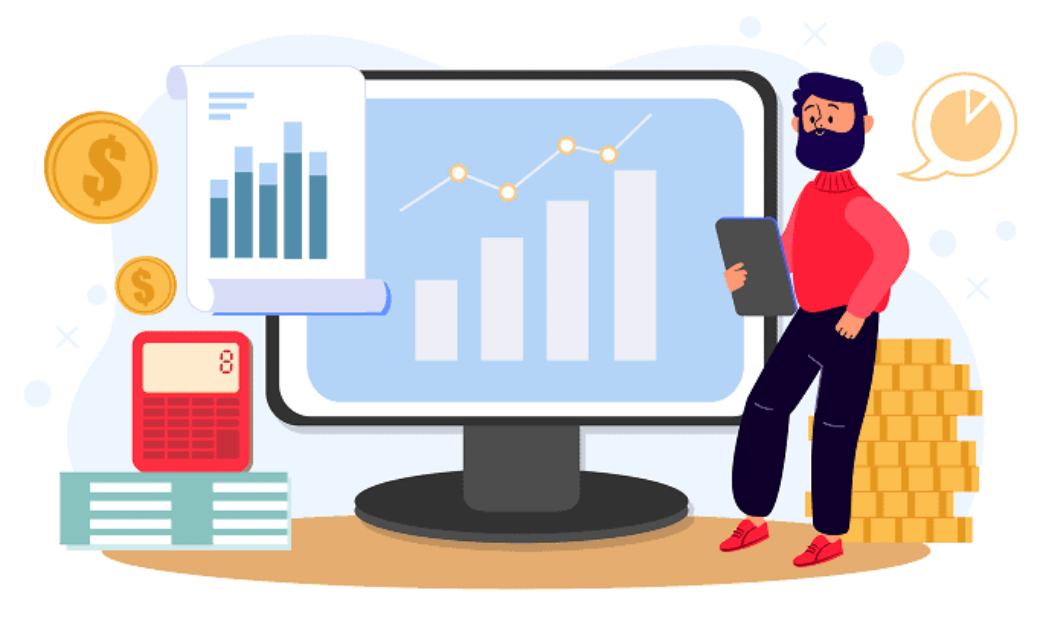If you own a website and are considering selling it, determining its value is one of the most crucial steps. Website valuation is not just about revenue—it involves multiple factors such as traffic, brand reputation, and growth potential. In this blog, we’ll explore the key methods and considerations for valuing a website before selling it.
1. Understanding Website Valuation
Website valuation is the process of estimating the worth of a website based on various financial and non-financial factors. Unlike traditional businesses, websites have unique assets such as domain authority, content quality, and digital traffic, which influence their valuation.
2. Key Factors That Influence Website Value
Several elements contribute to the overall value of a website. Here are the most important ones:
a) Revenue and Profitability
Buyers primarily look at how much revenue a website generates and the associated profits. A common metric used is the Seller’s Discretionary Earnings (SDE), which includes net profit plus any discretionary expenses the owner takes.
b) Traffic and Audience Engagement
A high-traffic website with engaged users is more valuable. Factors such as unique visitors, bounce rates, and user retention play a significant role in valuation.
c) Monetization Methods
Websites that have diversified income sources, such as advertising, affiliate marketing, subscriptions, and e-commerce, tend to attract higher valuations.
d) Domain Authority and SEO Strength
A website with a strong backlink profile, high domain authority (DA), and optimized SEO rankings has a competitive edge in valuation.
e) Brand Reputation and Social Presence
A well-established brand with active social media accounts, loyal followers, and good customer reviews increases the site’s worth.
f) Growth Potential
Buyers prefer websites with untapped growth opportunities, such as expansion into new markets, increased monetization, or scalable content strategies.
3. Methods of Website Valuation
There are several methods to calculate the value of a website. Here are the most common ones:
a) Earnings Multiples Method
One of the most widely used approaches is the earnings multiple method, where the website’s annual profit is multiplied by a factor (typically between 2x and 5x) to determine its valuation.
- Example: If a website makes $50,000 per year in profit and has a 3x multiple, its valuation would be $150,000.
b) Revenue-Based Valuation
For websites that generate revenue but have fluctuating profits, a multiple is applied to total revenue instead of profit. This is common for startups or sites that reinvest heavily in growth.
c) Asset-Based Valuation
This method values the website based on its assets, such as content library, email lists, intellectual property, and existing customer base.
d) Comparable Sales Approach
Looking at similar websites that have been sold recently can provide insights into how much your website might be worth in the market.
4. Where to Sell Your Website
Once you’ve determined the value of your website, you can explore platforms to sell it. Some popular options include:
- Flippa – Best for small to mid-sized websites.
- Empire Flippers – Great for profitable and established websites.
- FE International – Ideal for high-value websites and businesses.
- Private Sales – Selling directly to interested buyers via networking.
5. Tips to Increase Website Value Before Selling
If you want to maximize the sale price, consider these steps:
- Increase revenue and diversify income streams.
- Optimize SEO and improve traffic metrics.
- Enhance user experience and design.
- Build and engage with your email list.
- Automate processes to reduce workload for the buyer.
Conclusion
Determining the right price for a website is a mix of financial analysis, industry trends, and growth potential. By understanding the key valuation factors and applying the appropriate methods, you can sell your website at a fair price while attracting serious buyers. If you're considering selling, start by analyzing your website’s strengths and weaknesses and take steps to increase its value before listing it in the marketplace.



